AUDIOVISUAL RESOURCES
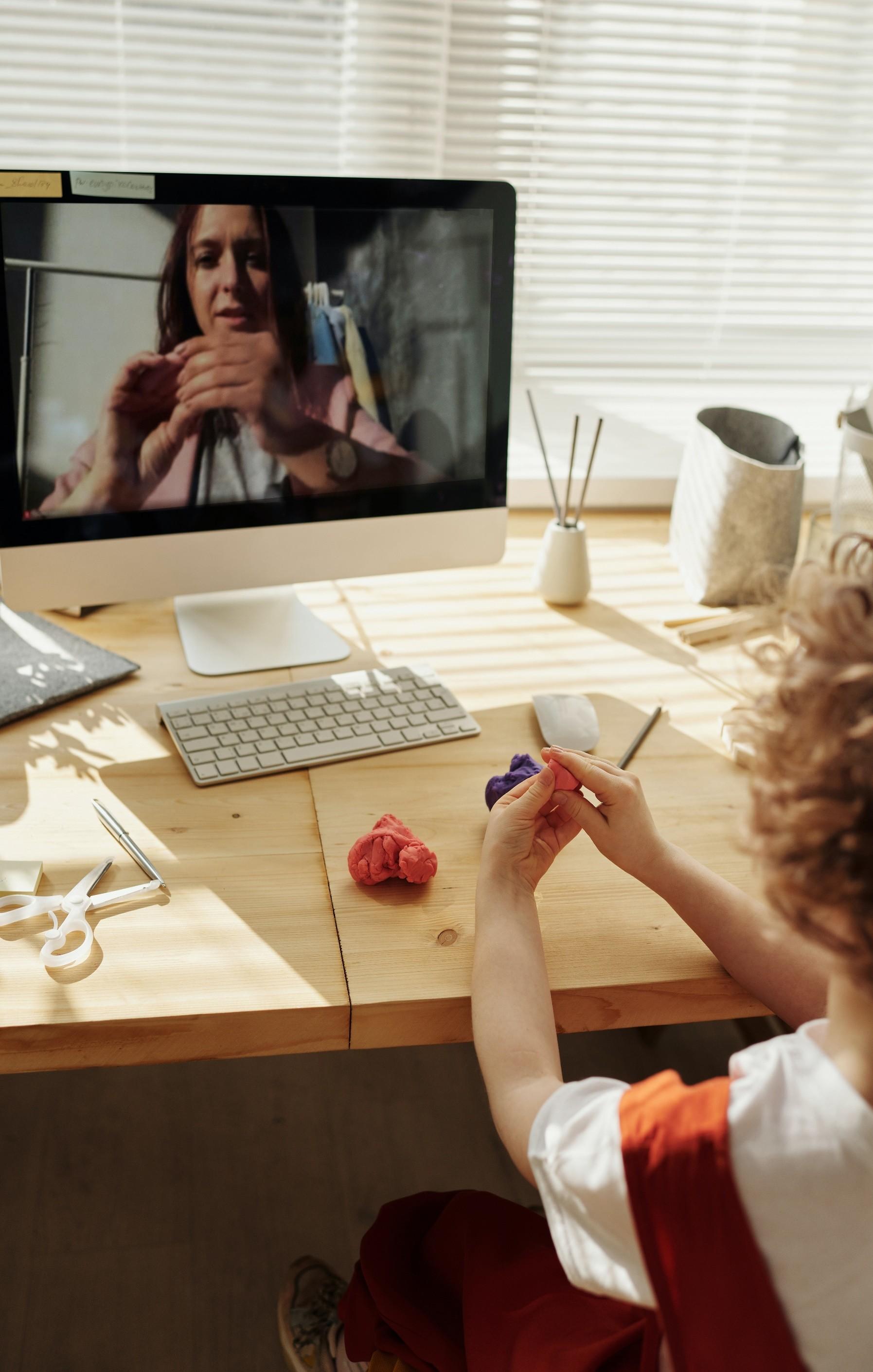


Audiovisual resources encompass a wide range of multimedia tools, including videos, animations, graphics, interactive presentations, podcasts, and more.
These resources offer educators a dynamic platform to communicate complex concepts, engage students through multiple senses, and create immersive learning experiences.
As education continues to evolve in the digital age, the integration of audiovisual resources has become not just a preference, but a necessity.

The integration of audiovisual resources in education is not just a trend but a transformative shift that aligns with the needs and expectations of today's learners.
Educators and institutions that embrace this approach are likely to create more engaging, effective, and student-centered learning environments that foster the skills needed for success in the digital age.
Educators can use a variety of tools and platforms to integrate audiovisual resources into their teaching, such as educational videos, podcasts, virtual reality experiences, interactive simulations, and more.
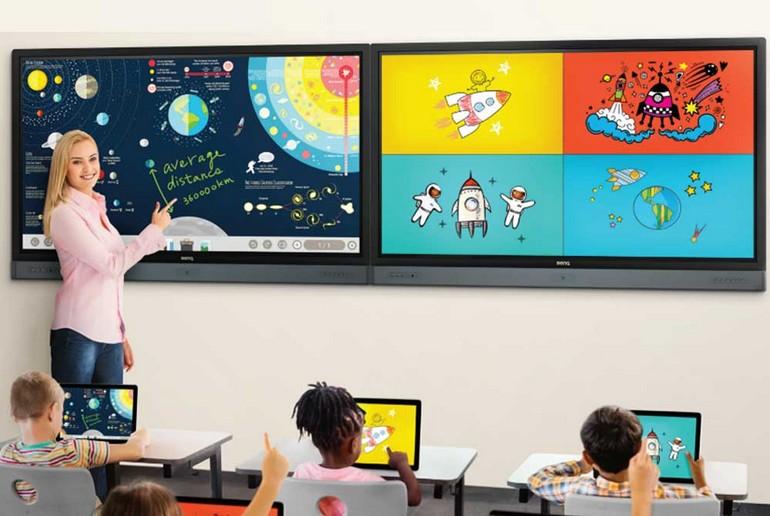
Students have varying learning preferences. Integrating audiovisual resources caters to visual, auditory, and kinesthetic learners, enhancing engagement and understanding.
It's important to balance the use of these resources with active learning strategies and to ensure that they align with the learning objectives of the course.
Multimedia learning is an innovative approach to education that harnesses the power of various media elements to enhance the learning experience.
Visual elements include images, diagrams, animations, videos, and interactive graphics. These elements can simplify complex concepts, make abstract ideas more tangible, and provide visual context for better understanding.
It combines visual, auditory, and sometimes tactile or interactive elements to convey information and foster a deeper understanding of concepts.
Traditional educational methods often rely on text-based materials and verbal explanations. However, these methods may not cater to the diverse learning styles of students.
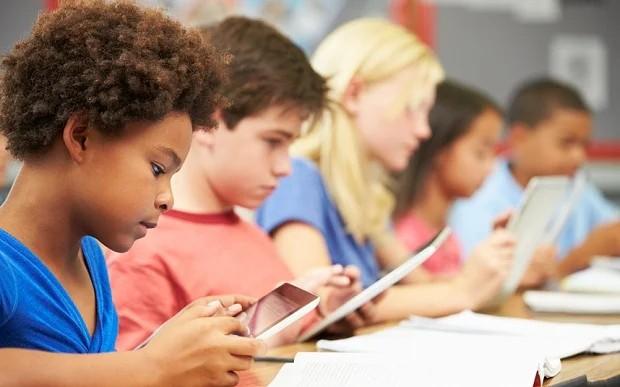
Multimedia learning breaks down complex ideas into manageable parts, increasing comprehension and making it easier to grasp challenging subjects.
Is dynamic and effective approach that transforms the educational landscape. By integrating visual, auditory, and interactive elements, it offers a versatile platform for educators to create engaging, personalized, and impactful learning experiences that cater to the diverse needs of learners.

The evidence supporting the multimedia principle is derived from a series of experimental comparisons that consistently demonstrate the benefits of multimedia instruction over purely verbal or visual modes.
These principles address various aspects of instructional design, including coherence, signaling, redundancy, spatial contiguity, temporal contiguity, segmenting, pre-training, modality, personalization, voice, embodiment, and image.
These experiments reveal that students perform better on transfer tests when exposed to multimedia content, with a median effect size indicating a significant improvement in understanding complex concepts.
The cognitive theory of multimedia learning, emphasizes the importance of dual-channel processing, limited cognitive capacity, and active information processing.
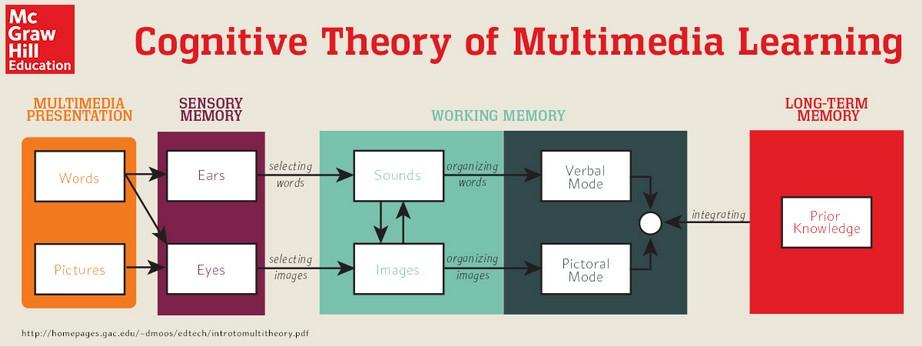
Each principle offers insights into how to structure content, emphasize key concepts, and engage learners to facilitate deeper cognitive processing and meaningful learning.
While the discussed principles are grounded in cognitive theory and supported by empirical research, in the reading acknowledges the need for ongoing exploration of their applicability in diverse educational settings.
Self-Organized Learning Environment is an educational approach that encourages self-directed and collaborative learning. Coined by educator Sugata Mitra.
Is built upon the idea that when given the right resources and guidance, groups of learners can engage in meaningful exploration and problemsolving.
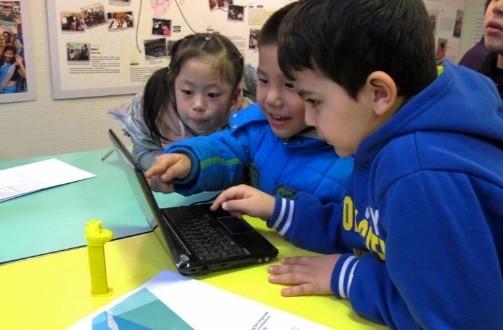
Promote critical thinking and problem-solving skills. Students are encouraged to analyze information from various sources, evaluate its credibility, and apply it to formulate well-rounded answers.
It is important to remember that the goal of SOLE is to empower students to drive their learning, think critically, collaborate effectively, and explore their curiosity.
Students take control of their learning process. Learn through online research, group discussions, and collaborative activities.
They are presented with openended and thought-provoking questions that stimulate curiosity and encourage exploration.

In education involves creating a studentcentered and inquiry-based learning experience that fosters curiosity, critical thinking, collaboration, and independent learning.
1. Select a question
2. Create a Safe Environment
3. Provide Access to Resources
4. Explain the Process
By successfully implementing these steps, you'll establish a solid foundation for the Self-Organized Learning Environment.


In a flipped classroom, students are introduced to instructional content, such as lectures or readings, outside of the classroom, often through videos or online resources.
They then come to the classroom to engage in interactive activities, discussions, and problem-solving exercises that reinforce and apply the concepts they learned outside of class.
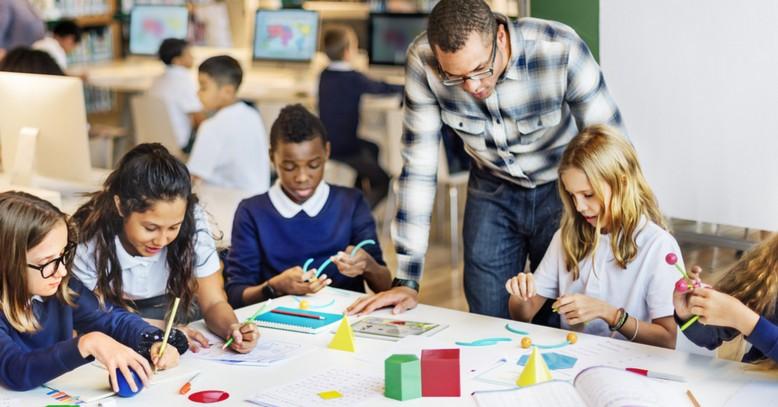

Is intended to enhance student engagement, foster critical thinking, and allow educators to provide more personalized attention to individual students' needs.
The key idea behind the flipped classroom is that students gain exposure to new material at their own pace outside of class, freeing up class time for more engaging and collaborative learning experiences.
In a flipped classroom approach, the role of the teacher shifts from the traditional "sage on the stage" to a more facilitative and studentcentered role.
The teacher becomes a guide, mentor, and organizer of learning experiences rather than the sole source of information delivery.



The teaching philosophy of "learning by doing" emphasizes the importance of experiential learning and hands-on experiences as a central method of education. Instead of solely relying on traditional lecture-style teaching or theoretical explanations.
In this method can be applied across various educational settings, from traditional classrooms to vocational training, workshops, and professional development programs.
Requires thoughtful planning, flexibility, and a willingness to adapt based on your students' needs and responses.
The idea is that through active participation and direct engagement with the subject matter, individuals can develop a deeper understanding, critical thinking skills, and practical knowledge.
Implementing learning by doing in the classroom involves creating a dynamic and interactive learning environment where students actively engage in practical activities and experiences.
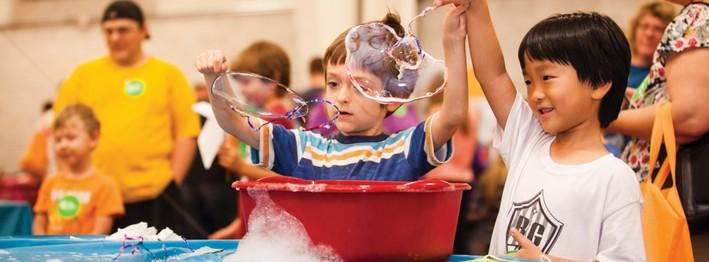
Acknowledge and celebrate the achievements and successes of students as they complete hands-on projects and activities. This recognition boosts their confidence and motivation.



Using an IWB in teaching and learning can greatly enhance the educational experience by providing an engaging and interactive platform for educators and students.
Captivate students' attention through dynamic and interactive visuals, fostering a higher level of engagement compared to traditional teaching methods. The tactile nature of touch interaction encourages active participation.
Visual content, such as images, videos, and diagrams, is processed more quickly and effectively by the brain. IWBs facilitate the use of multimedia elements, making abstract or complex concepts more accessible and understandable.
Educators can customize lessons to suit diverse learning styles and abilities. IWBs allow for flexibility in adapting content based on students' needs, helping each learner succeed.
The dynamic nature of IWB-based lessons and the interactive activities involved can significantly boost student motivation and enthusiasm for learning.
Incorporating Interactive Whiteboards into teaching and learning, educators can create a more dynamic, engaging, and effective educational experience that prepares students for success in the modern world.
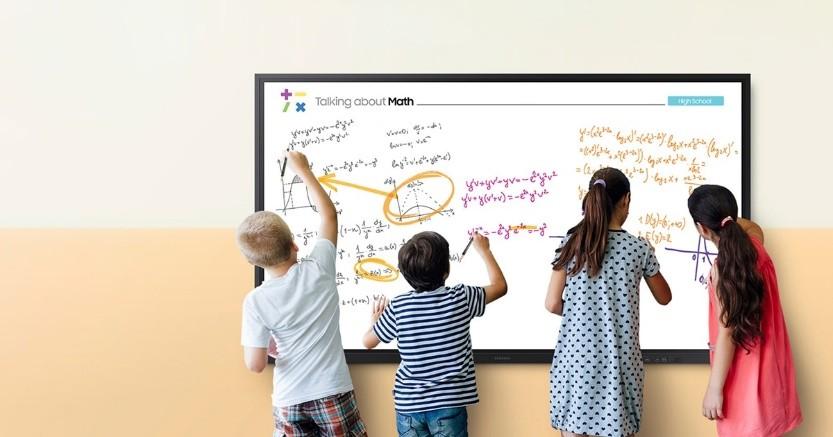
Facilitate immediate interactions between educators and students, allowing clarification of doubts and deeper exploration of topics.
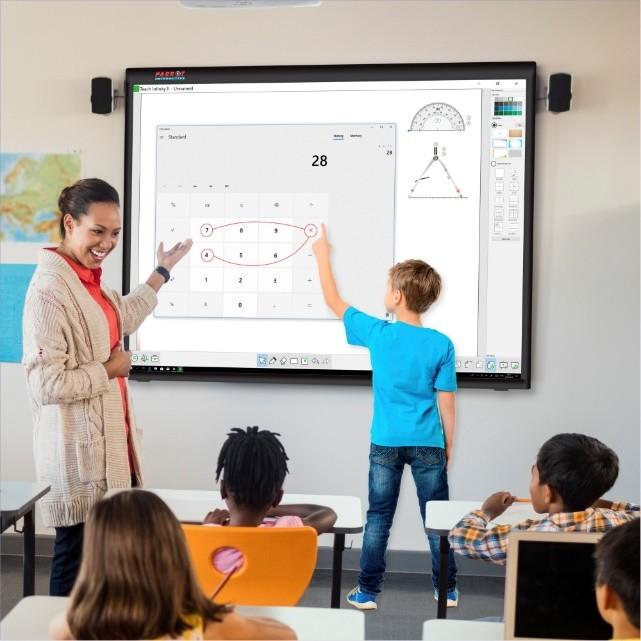

Refers to the progression and transformation of digital educational methods over time. It encompasses the development and adoption of various technologies and strategies to enhance the online learning experience.
The evolution of online learning involves the continuous refinement and adaptation of digital tools, platforms, and instructional approaches to meet the changing needs of learners and educators.
Online evaluation in education serves multiple functions, each contributing to the overall effectiveness of assessing students' learning, progress, and achievements in digital learning environments
Online evaluations provide timely feedback to students about their performance. This feedback helps students understand their strengths and areas for improvement, enabling them to adjust their learning strategies and study habits.
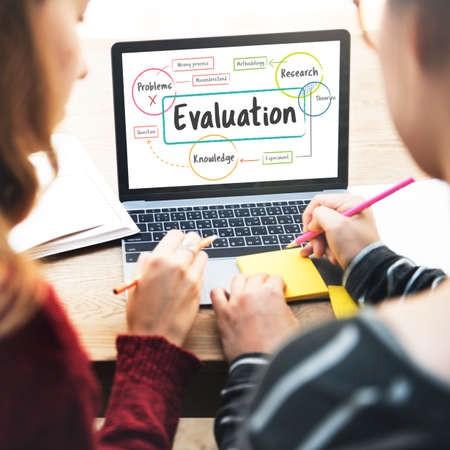
Evaluation in education can be categorized based on its function, timing, and agents involved.
Diagnosis evaluation in education involves analyzing the educational context and the students to understand their abilities, needs, and deficiencies.
Hetero-evaluation refers to the evaluation carried out by the teacher or an external evaluator who holds the responsibility for the training or educational process.
Final evaluation, also referred to as summative evaluation, is conducted at the conclusion of a module, course, or instructional period. Its primary purpose is to assess the students' achievements and compare them to the expected learning outcomes.



Weblogs, commonly known as blogs, have gained popularity as valuable tools in higher education settings. They offer a range of benefits for both educators and students, enhancing the teaching and learning experience.


Educators can use blogs to share their expertise, research findings, and insights with a wider audience. This can include reflections on academic topics, summaries of research projects, and analysis of current issues in their field.
Encourage students to reflect on their learning experiences, coursework, and readings. Regular reflective writing helps students develop critical thinking skills and enhances their ability to connect theory to practice.
Come in various types, each serving a different purpose and catering to specific audiences.
Instructor Weblogs: Are blogs created and maintained by educators or instructors. These weblogs serve as a supplementary communication channel between instructors and their students.
Student Weblogs: They provide a space for students to reflect on what they've learned, the sources they've used, the time spent on learning activities, and their overall learning journey.
Are attract students as they offer a platform to share personal experiences and feelings. Writing on weblogs satisfies the desire to express oneself and allows for interactive communication with peers.


Using video tutorials as a teaching support tool has become increasingly popular in education due to its effectiveness in enhancing learning experiences. It also offers visual and auditory learning, making complex concepts more accessible and engaging.

Provide visual representations of concepts, making it easier for students to understand complex ideas, processes, and demonstrations.
Use visual aids such as animations, graphics, and diagrams to enhance explanations and make concepts more understandable.
Can significantly enhance the learning process by providing dynamic and interactive content that resonates with today's learners. Careful planning, production, and integration into the curriculum can make video tutorials a valuable teaching support tool.
Video tutorials support the flipped classroom model, where students watch instructional content at home and engage in active learning during class time. Ensure that all students receive the same instruction, eliminating discrepancies that can arise from variations in teaching styles.
Revolutionize the way education is delivered and received. They offer an immersive, personalized, and flexible learning experience that complements traditional teaching methods and adapts well to the digital age.
Can replay videos to reinforce understanding and review specific parts, helping them grasp challenging concepts.
Are excellent for demonstrating experiments, techniques, simulations, and real-world applications.

Are innovative learning environments that encourage hands-on exploration, creativity, problem-solving, and collaboration. They provide students with opportunities to engage in practical, experiential learning by working on projects that involve designing, building, and experimenting with a variety of tools.
Provide an inclusive and collaborative environment where people explore their creativity, develop skills, and turn their ideas into tangible creations. The process of planning, creating, iterating, and sharing fosters innovation and empowers participants to become active learners, creators.
Participants explore these technologies to enhance their projects and develop new skills. As participants work on their projects, they encounter challenges and obstacles. This process encourages problem-solving and critical thinking as they find creative solutions to overcome difficulties.
Makerspaces offer hands-on, experiential learning opportunities that engage participants in active exploration, problemsolving, and creativity. This type of learning is proven to enhance understanding and retention of concepts.

